
Lee County EMGV's Invite Bryce Lane for Garden Talk
The Extension Master Gardeners of Lee County are SO excited to have Bryce Lane coming to speak during Ag Week 2023 in …



El inglés es el idioma de control de esta página. En la medida en que haya algún conflicto entre la traducción al inglés y la traducción, el inglés prevalece.
Al hacer clic en el enlace de traducción se activa un servicio de traducción gratuito para convertir la página al español. Al igual que con cualquier traducción por Internet, la conversión no es sensible al contexto y puede que no traduzca el texto en su significado original. NC State Extension no garantiza la exactitud del texto traducido. Por favor, tenga en cuenta que algunas aplicaciones y/o servicios pueden no funcionar como se espera cuando se traducen.
Inglês é o idioma de controle desta página. Na medida que haja algum conflito entre o texto original em Inglês e a tradução, o Inglês prevalece.
Ao clicar no link de tradução, um serviço gratuito de tradução será ativado para converter a página para o Português. Como em qualquer tradução pela internet, a conversão não é sensivel ao contexto e pode não ocorrer a tradução para o significado orginal. O serviço de Extensão da Carolina do Norte (NC State Extension) não garante a exatidão do texto traduzido. Por favor, observe que algumas funções ou serviços podem não funcionar como esperado após a tradução.
English is the controlling language of this page. To the extent there is any conflict between the English text and the translation, English controls.
Clicking on the translation link activates a free translation service to convert the page to Spanish. As with any Internet translation, the conversion is not context-sensitive and may not translate the text to its original meaning. NC State Extension does not guarantee the accuracy of the translated text. Please note that some applications and/or services may not function as expected when translated.
Collapse ▲
The Extension Master Gardeners of Lee County are SO excited to have Bryce Lane coming to speak during Ag Week 2023 in …
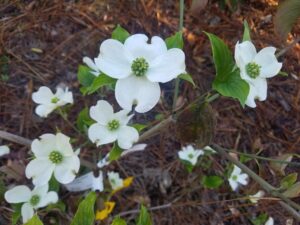
The flowering dogwood, Cornus florida, is the true herald of spring to North Carolinians. You know warm weather is just …

Learn about how to start and manage a vegetable garden with Horticulture Agent Amanda Wilkins. We will go over general …
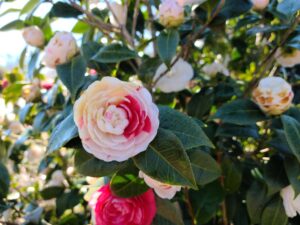
Camellias are prized evergreen shrubs that flower in the fall and winter for us in central North Carolina. We …
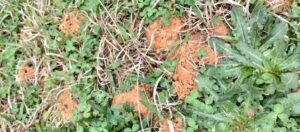
Spring has come early this year and the ground temperatures are warming up with every day. This is a …
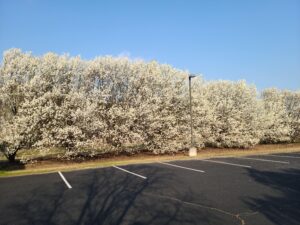
The bright white profiles of Callery Pears stand out from the edges of forests and yards in February and …

Seed companies have gotten very clever with their marketing strategies. See something you’ve never tried before and are compelled …
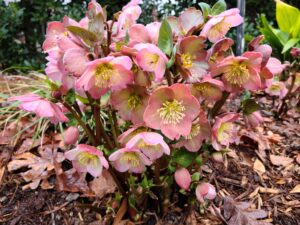
Common names are a slippery slope for the keen gardener. Sometimes they get it right, but sometimes they get …
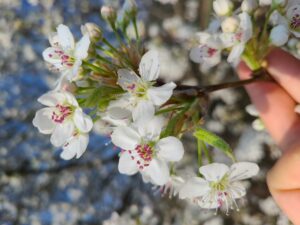
Local Partnership We are on the look-out for Callery Pears! N.C. Cooperative Extension- Lee County Center is partnering with the …
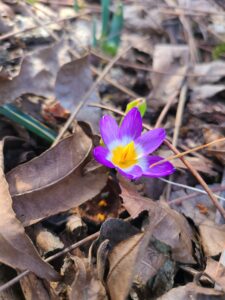
A quick alert email came in last night from the Eastern Nursery Specialist at NC State University warning us …
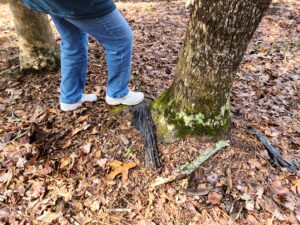
July and August are the times when the phone is ringing off the hook at the office with folks …
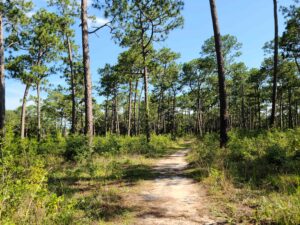
North Carolina natives are used to seeing pine trees dot the landscape and line the roadsides. Most people don’t …
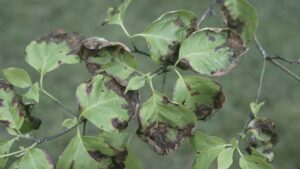
Spring flowers herald the season’s change and bring us all joy for the warmer months. Yet, disease issues can …
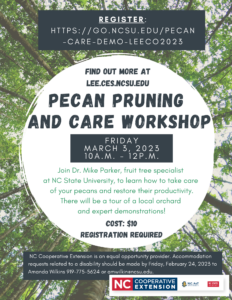
Join Dr. Mike Parker, fruit tree specialist at NC State University, to learn how to take care of your …
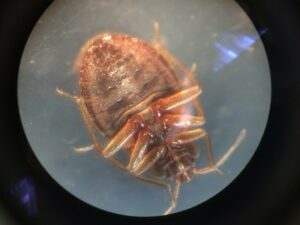
January marks the beginning of the New Year, but also the end of the major travel season that surrounds …
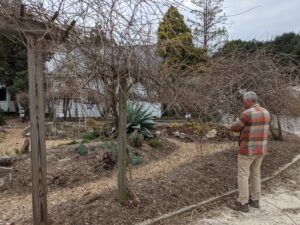
Instances of bad pruning jobs illicit violent images: crepe murder, hack job, and butchering. Maybe we know that when …
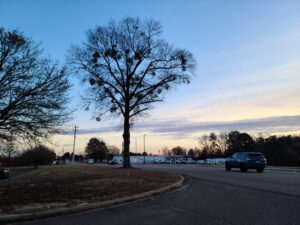
The holiday season is upon us and gathering with loved ones is one of the ways to celebrate. The …

Gardening in raised beds has become very popular over the last few years. It appeals to people who have …
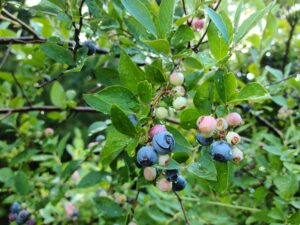
N.C. Cooperative Extension – Lee County Center is excited to partner with local homeowner Helen Spitler, who has inherited …
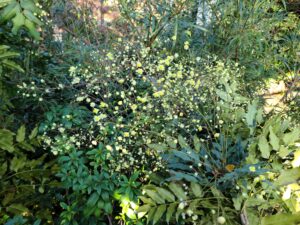
December is usually filled with articles about Christmas trees and other common festive greenery. The genus Mahonia doesn’t usually make that …

Black root rot impacts a range of woody and herbaceous ornamental plant species primarily in …

This Entomology Insect Note discusses how to identify and manage common armored scale insects that …
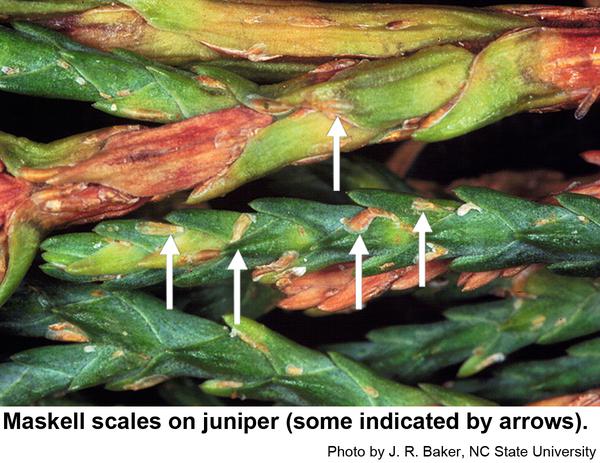
This factsheet describes the biology of the maskell scale, Lepidosaphes maskelli, and provides residential management …
This guide is designed to help turf managers identify the major turfgrass pests found in …

This native plants chapter of the Extension Gardener Handbook defines the term native, why gardeners …

This field guide and linked resources provide information on basic insect identification, sampling methods, monitoring, …

This publication alerts prospective gardeners to some of the most common contaminants in urban soils, …

This factsheet describes the biology and disease control of Southern Blight in Herbaceous Ornamentals